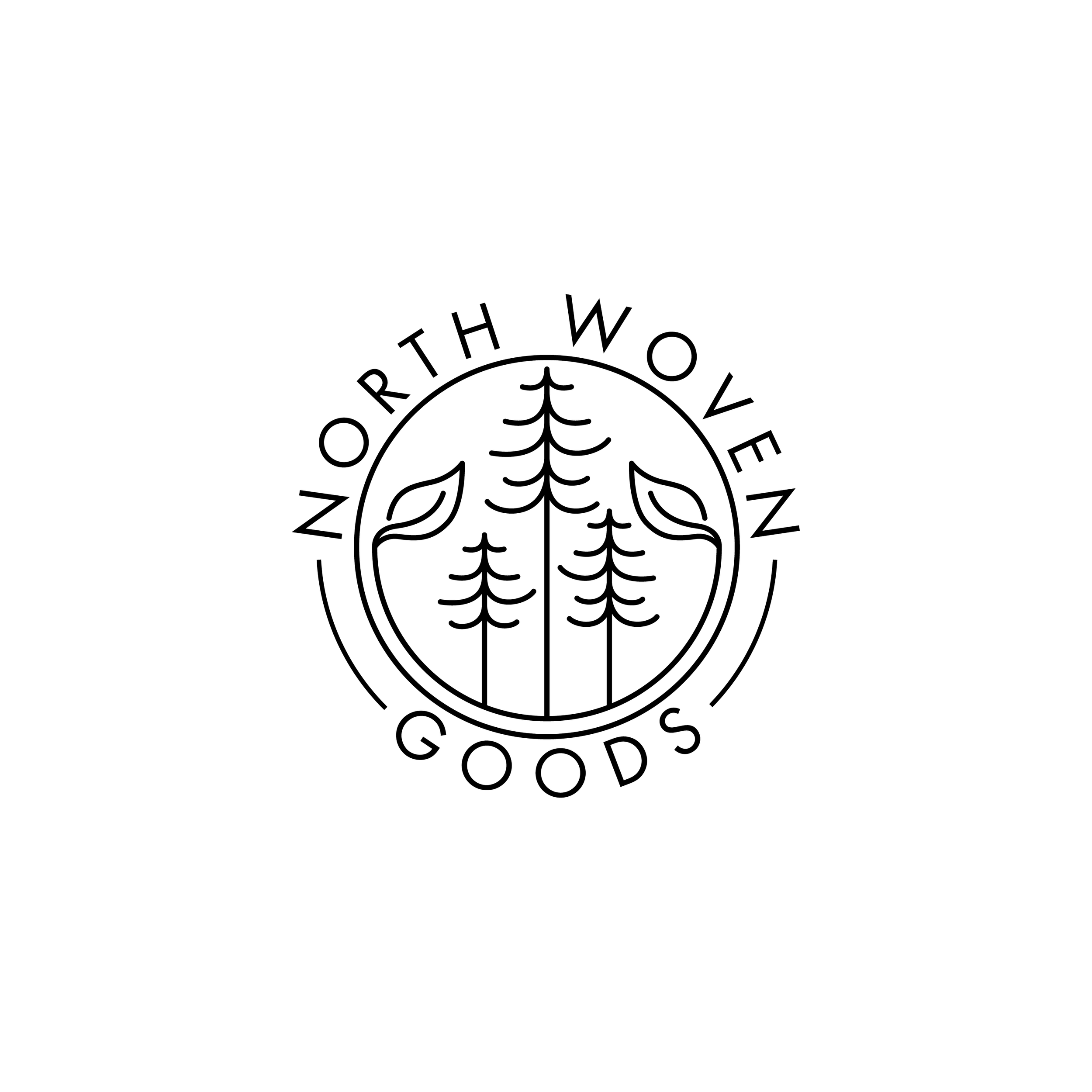Why I Keep an Art Journal Part 1
Writing was my first creative love. I wrote my first little book when I was seven, wrote entire novels in my preteen years, and have consistently kept a journal since I was eleven.
As I continue to grow my weaving practice, I long to combine my two creative outlets–weaving and writing–to feel like I am giving them equal attention and living fully into both of those parts of my identity. There are many ways to do this: in-depth essays about weaving and life, blog posts about business and entrepreneurship, and poetry like my Moon Studies zine I published alongside the release of my Moon Studies collection I released in March of 2021.
However the simplest way I have found to blend the two is keeping an art journal. I don’t mean sketching out designs (though, I have a place for that as well). I mean a written record which provides personal and broader context for significant pieces of art.
As someone who as always kept a journal as a written record of my life, I go back and reread old journals from time to time, sometimes if I am searching for a memory that is just out of reach, sometimes as research for a personal essay, sometimes for entertainment.
An art journal can serve as a similar record. I don’t create an entry for every set of coasters or small moonrise weaving, but I do write about pieces that either feel particularly significant on their own–a design that stretched me, a big commission, a weaving that led to a cascade of other ideas–or that I created during a significant time period for me, and want to remember what I was thinking, feeling, and experiencing when I wove it.
In it, I record not only information about the piece (materials, size, estimated time to create it), but also ideas that popped up while creating it, lessons learned, “while weaving” (which to me means, what was going on in my life and the world during the period of time I wove the piece). An art journal asks me to be mindful while I create, and keeps me from just churning out weavings without pausing, during and after each one, to reflect.
Sometimes it feels like Instagram is enough of a record. We use it to record and share our lives in photo and video, and for artists, to document significant creative works we want to share with the world. But it’s good to remember we don’t own Instagram–it could disappear in an instant, and with it that critically important record of our creativity and growth. Not only that, but it is a public record, essentially done for the benefit of others. I want a private record, one where I can look back and remember exactly what energy, mood, and physical state I poured into every row of a specific piece.
Art journaling is for everyone, even for those who don’t love writing or who find journaling difficult. In the next post, I’ll share the prompts I use, some examples of entries, and ideas to take your practice even further.
Read Part Two, Art Journal Ideas and Prompts.
